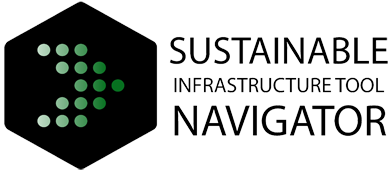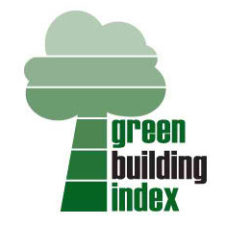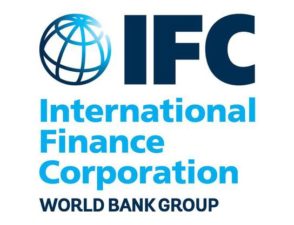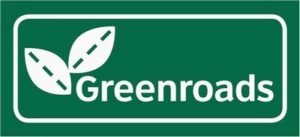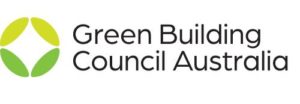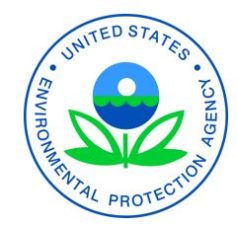
The Green Infrastructure Flexible Model (GIFMod) is an open-source computer-based modelling tool to evaluate the performance of urban stormwater and agricultural green infrastructure practices that aim to reduce the volume of stormwater runoff entering sewers or receiving streams and to improve water quality. GIFMod allows users to build conceptual models of green infrastructure practices to predict their hydraulic and water quality performance under given weather scenarios. It also allows for interpreting field and lab data via deterministic and probabilistic inverse modelling.
Lifecycle Phase(s): Project PlanningGeneral strategy for a project’s delivery is developed., Concept DesignTechnical experts broadly outline the project’s basic characteristics., Detailed DesignTechnical experts further elaborate the Concept Design.
Type(s) of Tool: Modelling ToolsSimulate economic, social, and physical systems to help planners optimize outcomes from different decisions.

